When it comes to cooking, using the right dry white wine can enhance the flavors of your dishes. In this article, we will explore the best choices for dry white wine for cooking and provide tips on selecting the right wine. Whether you’re cooking seafood, poultry, or vegetables, we have the perfect wine recommendations for your culinary creations.
Key Takeaways:
- Choosing the right dry white wine enhances the flavors of your dishes.
- Dry white wines have minimal residual sugar and blend well with other flavors.
- Varieties such as Pinot Grigio, Sauvignon Blanc, and Chardonnay are great options for cooking.
- Different dry white wines complement specific dishes, such as poultry, seafood, or cream sauces.
- Cooking with dry white wine requires knowledge and technique for optimal results.
Understanding Dry White Wine for Culinary Excellence
Before diving into the details of selecting the best dry white wine for cooking, it’s important to understand what makes a white wine “dry.” Dry white wine refers to a wine that is not sweet, as it has minimal residual sugar. This lack of sweetness allows it to blend well with the other flavors in your dishes, without overpowering them.
What Makes a White Wine “Dry”?
A dry white wine is produced when the fermentation process converts most of the natural sugars in the grapes into alcohol. The result is a wine that is crisp, refreshing, and without the characteristic sweetness of some other wines. The dryness of a white wine can vary depending on factors such as the grape variety, climate, and winemaking techniques.
The Role of Acidity in Cooking
When it comes to cooking, acidity plays a crucial role in enhancing flavors and balancing dishes. White wines with higher acidity can add brightness and zest to a recipe. In cooking, acidity helps cut through rich and fatty ingredients, bringing a level of freshness to the dish. The acidity in dry white wine acts as a natural tenderizer, helping to break down proteins and imparting a subtle tangy flavor to the food.
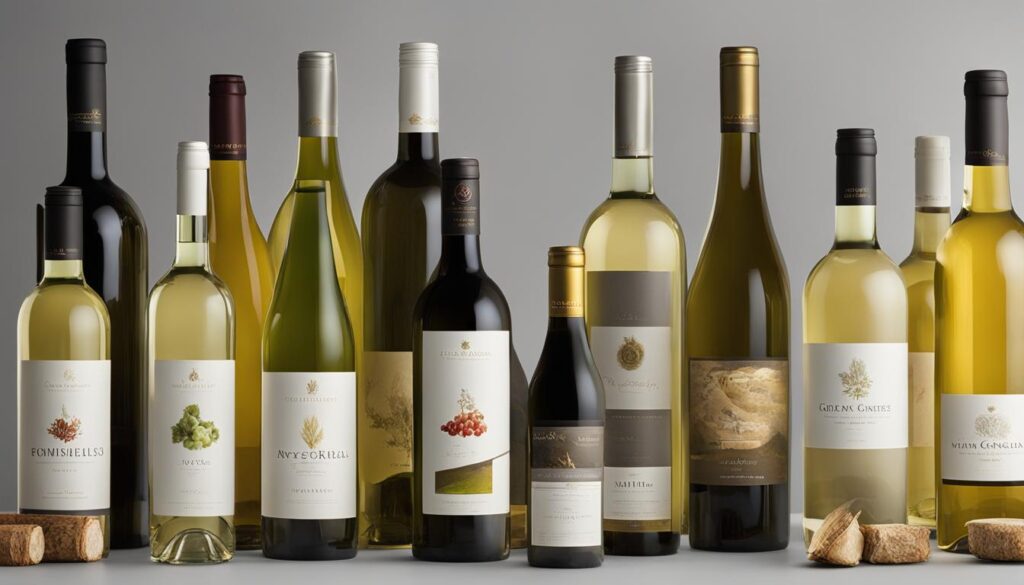
Dry White Wine for Cooking: Flavor Profiles and Pairings
Different dry white wines have distinct flavor profiles that can complement specific dishes. Chardonnay, for example, pairs well with poultry and can add richness to cream sauces. On the other hand, crisp white wines like Pinot Grigio or Sauvignon Blanc are perfect for seafood and shellfish, as their bright flavors can cut through the richness of these dishes.
Dishes Best Served with Chardonnay
Chardonnay is a versatile dry white wine that can enhance a variety of dishes. Its buttery and oaky flavors make it an excellent choice for poultry dishes such as roast chicken or creamy chicken Alfredo. Here are a few dishes that are best served with Chardonnay:
- Grilled or roasted chicken
- Butter-poached lobster or crab
- Creamy pasta dishes
- Mushroom risotto
- Herb-roasted pork tenderloin
When using Chardonnay in your cooking, it’s important to choose one that is not overly oaky, as this can overpower the flavors of your dishes. Look for Chardonnays with balanced flavors and a touch of acidity to ensure a harmonious pairing.
Using Crisp Whites for Seafood and Shellfish
When it comes to seafood and shellfish, crisp white wines are a match made in culinary heaven. Their bright acidity and vibrant flavors can enhance the delicate flavors of these dishes. Here are a few examples of seafood and shellfish dishes that are best enjoyed with crisp white wines:
- Grilled shrimp skewers
- Lemon-butter scallops
- Steamed mussels in white wine broth
- Crab cakes
- Fresh ceviche
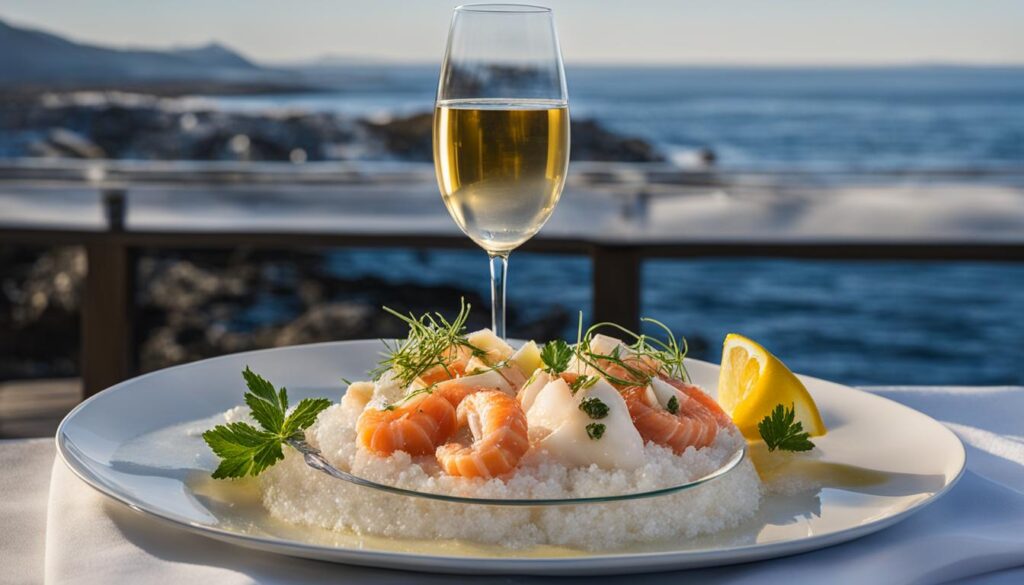
When selecting a crisp white wine for seafood and shellfish, look for wines with high acidity and citrusy flavors. The acidity helps to cut through the richness of the seafood, while the citrus flavors provide a refreshing and complementary element.
Now that you know the flavor profiles and pairings of different dry white wines, you can confidently choose the perfect wine to elevate the flavors of your favorite dishes. Whether it’s a Chardonnay for creamy sauces or a crisp white for seafood, the right wine can take your culinary creations to the next level.
Read more:
Stella Rosa Non Alcoholic Wine: Zero Proof Joy
Dark Corner Durif Shiraz Review & Tasting Notes
Practical Tips for Cooking with Dry White Wine
Cooking with dry white wine requires some knowledge and technique. Here are a few practical tips to ensure the best outcome:
- Choose the right wine: When selecting a dry white wine for cooking, opt for one that you enjoy drinking. The flavors of the wine will intensify during the cooking process, so it’s important to choose a wine that complements the dish.
- Consider the acidity: Acidity plays a crucial role in cooking with white wine. It helps to balance flavors and adds brightness to dishes. Look for a white wine with balanced acidity to enhance the overall taste of your recipes.
- Use wine as a marinade: Marinating meat, poultry, or seafood in white wine can add depth and tenderness to your dishes. The acidity in the wine helps to break down proteins, resulting in more flavorful and tender results.
- Control the alcohol content: If you want to retain the alcohol content in your dish, add the wine early in the cooking process and allow it to simmer. For a milder flavor and less alcohol, add the wine later in the cooking process and let it simmer for a shorter duration.
- Be mindful of flavor profiles: Different white wines have distinct flavor profiles that can complement specific dishes. Sauvignon Blanc pairs well with lighter dishes like fish and vegetables, while Chardonnay adds richness to cream-based sauces and poultry dishes. Experiment with different white wines to discover your favorite flavor combinations.
- Avoid overpowering flavors: While white wine can enhance flavors, it’s important not to overpower your dishes. Start with a small amount of wine and taste as you go. You can always add more if needed but remember that a little goes a long way.
To further inspire your culinary journey, here’s an image of a delectable dish skillfully prepared with dry white wine:
Shopping for Your Dry White Wine for Cooking
Price Range: What You Should Be Spending
When shopping for dry white wine for cooking, there’s no need to break the bank. Aim for wines in the $4 to $10 range, as spending more does not necessarily guarantee a better cooking experience. Quality dry white wines within this price range can provide the desired flavors and acidity for your culinary creations.
If you’re looking for budget-friendly options, boxed wines can be a great choice. Not only are they affordable, but they also offer convenience and durability. The airtight packaging of boxed wines helps to preserve their quality and flavor for a longer time, making them a practical option for storing white wine specifically for cooking purposes.
Storing Your White Wine for an Optimal Shelf Life
Properly storing your white wine is essential to maintain its optimal flavor and quality. Here are a few tips to help you store your white wine for cooking:
- Keep the wine bottle in a cool and dark location, away from direct sunlight and heat sources.
- Ensure the wine bottle is stored horizontally to keep the cork moist and prevent it from drying out.
- Avoid storing white wine in the refrigerator for an extended period as the frequent temperature fluctuations can impact its flavor.
- If you’re unable to finish a bottle of white wine, consider using a vacuum pump or airtight bottle stopper to preserve the remaining wine.
By following these storage guidelines, you can extend the shelf life of your white wine and enjoy its flavors for future culinary endeavors.
Conclusion
In conclusion, cooking with dry white wine can greatly enhance the flavors of your dishes and bring a touch of sophistication to your culinary creations. By understanding the different varieties and flavor profiles of dry white wine, you can make informed choices that will elevate your cooking to new heights.
When selecting a dry white wine for cooking, it’s important to choose a good quality wine that you enjoy drinking. This will ensure that the flavors and aromas of the wine contribute positively to your dishes. Remember, the wine you choose should complement the ingredients and bring out the best in your recipes.
By following practical tips such as using the right wine for specific dishes and techniques, you can achieve delicious results in your cooking. From the richness of Chardonnay to the crispness of Sauvignon Blanc, the dry white wine options are diverse and versatile, allowing you to experiment and create a wide range of culinary delights.
So, the next time you step into the kitchen to prepare a meal, don’t forget to uncork a bottle of dry white wine. Cheers to delicious cooking with the best dry white wine for your needs!
FAQ
What are the best dry white wines for cooking?
Pinot Grigio, Pinot Gris, Sauvignon Blanc, Pinot Blanc, and dry sparkling wines labeled “brut” are excellent choices.
What makes a white wine “dry”?
A dry white wine refers to a wine with minimal residual sugar, which allows it to blend well with other flavors in dishes without overpowering them.
How does acidity affect cooking with white wine?
Acidity in white wine adds brightness and can cut through the richness of certain dishes, enhancing the overall flavors.
What varieties of white wine are best for cooking?
Varieties such as Pinot Grigio, Pinot Gris, Sauvignon Blanc, Pinot Blanc, and dry sparkling wines labeled “brut” are particularly suited for cooking due to their high acidity and crisp flavors.
Why should I avoid “cooking wines” for my recipes?
Cooking wines often contain additives and can have a lower quality taste compared to regular dry white wines, which can negatively impact the flavor of your dishes.
What types of dishes pair well with Chardonnay?
Chardonnay pairs well with poultry and can add richness to cream sauces.
What types of dishes are best served with crisp white wines?
Crisp white wines like Pinot Grigio or Sauvignon Blanc are perfect for seafood and shellfish, as their bright flavors cut through the richness of these dishes.
Are there any tips for cooking with dry white wine?
When cooking with dry white wine, remember to add it early in the cooking process to allow the alcohol to evaporate and the flavors to meld properly. Also, avoid using high heat, as it can make the wine taste bitter.
What is a recommended price range for dry white wine for cooking?
Aim for wines in the $4 to $10 range. Spending more doesn’t necessarily guarantee a better cooking experience.
How should I store my dry white wine for cooking?
Properly store your dry white wine by keeping it in a cool, dark place, away from direct sunlight and heat sources. You can also consider purchasing boxed wines, which are convenient to store and can last longer due to their airtight packaging.
What is the best white wine for cooking?
The best white wine for cooking depends on personal preference and the specific dish being prepared. Experimenting with different varieties can help you discover your favorite flavors and pairings.
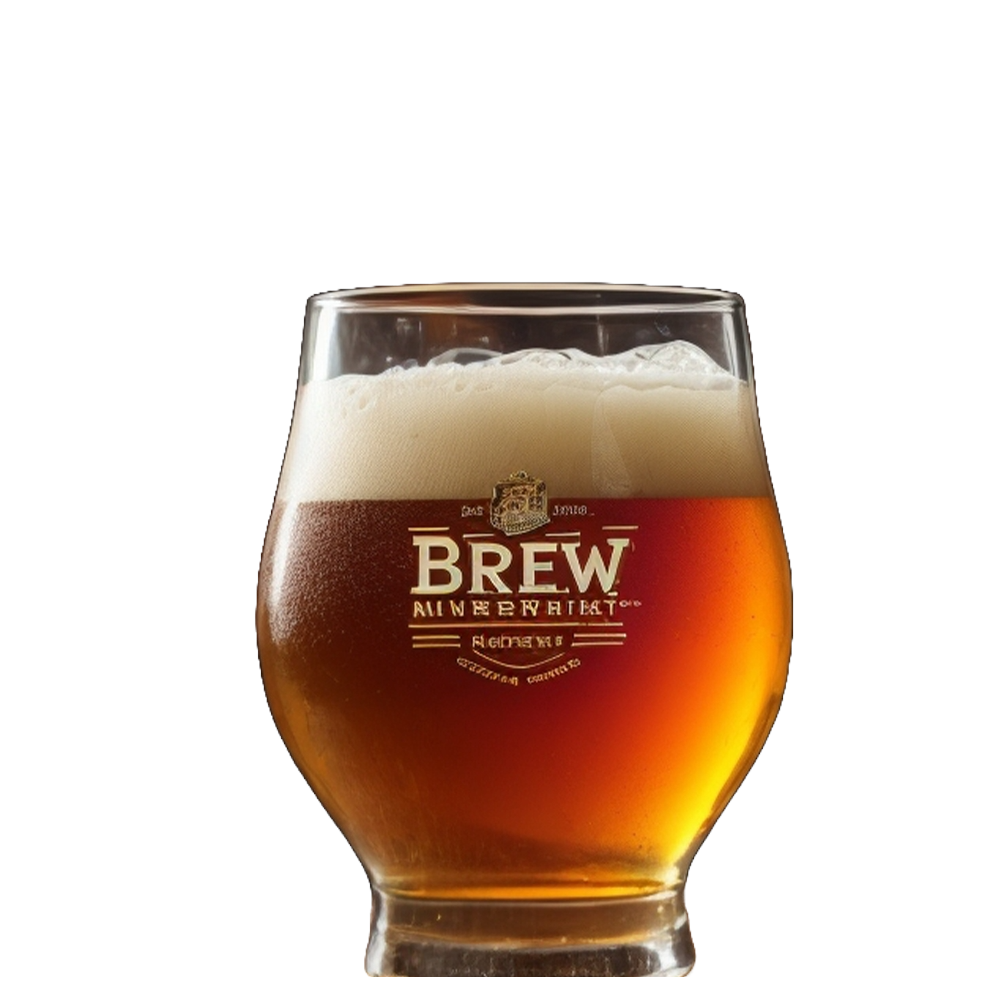
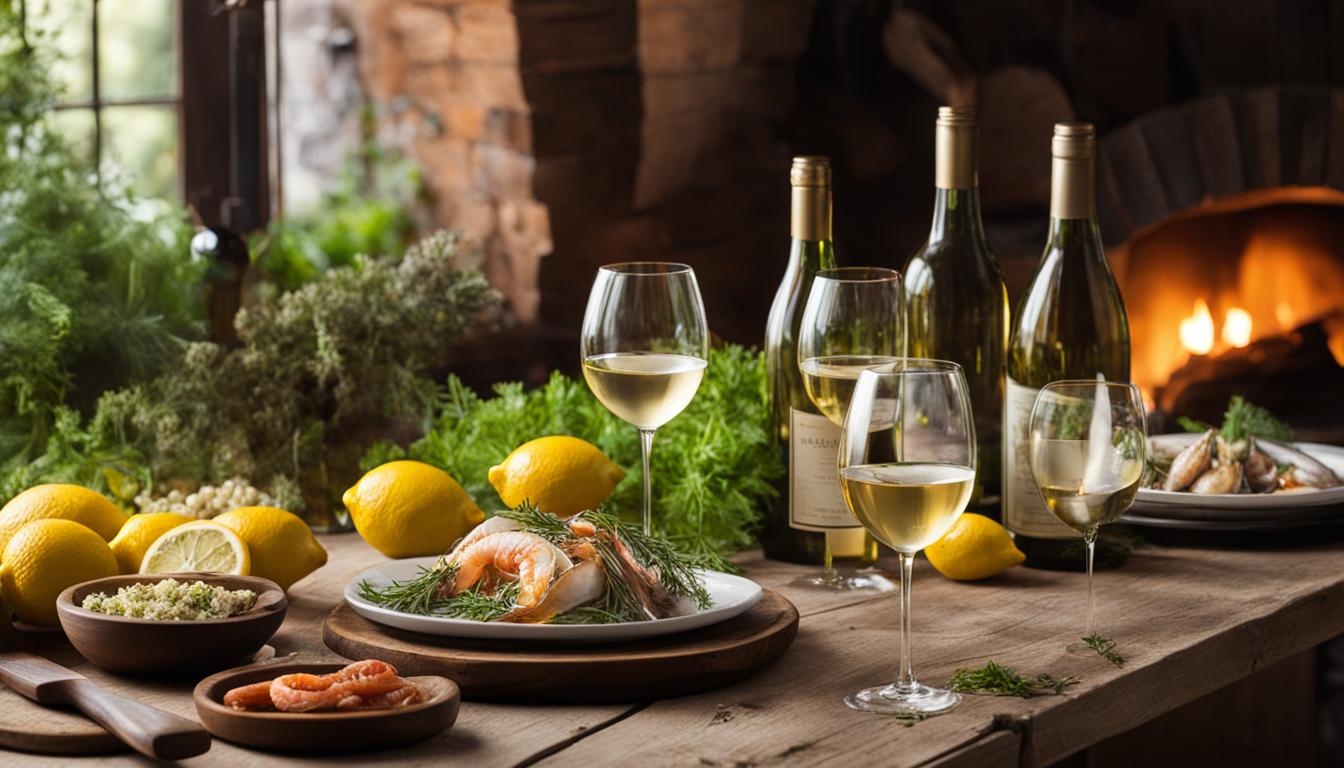
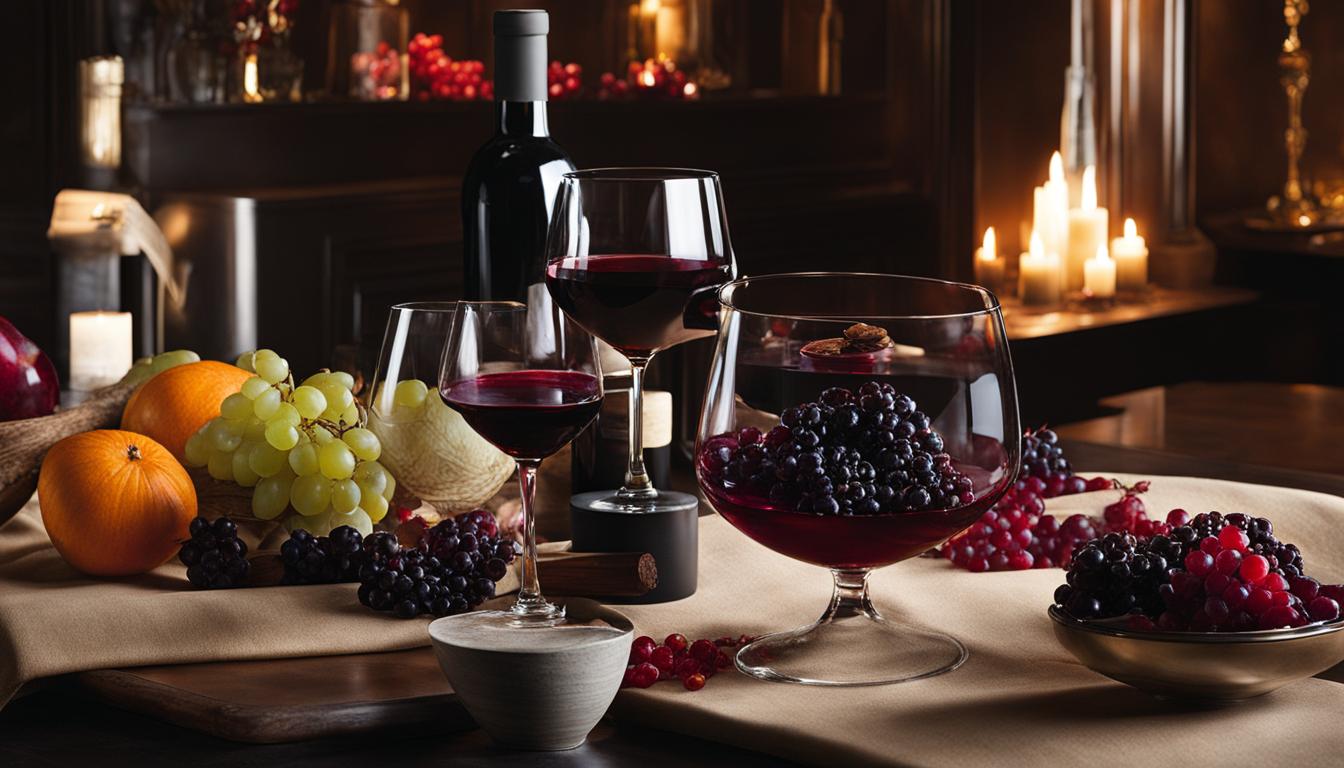
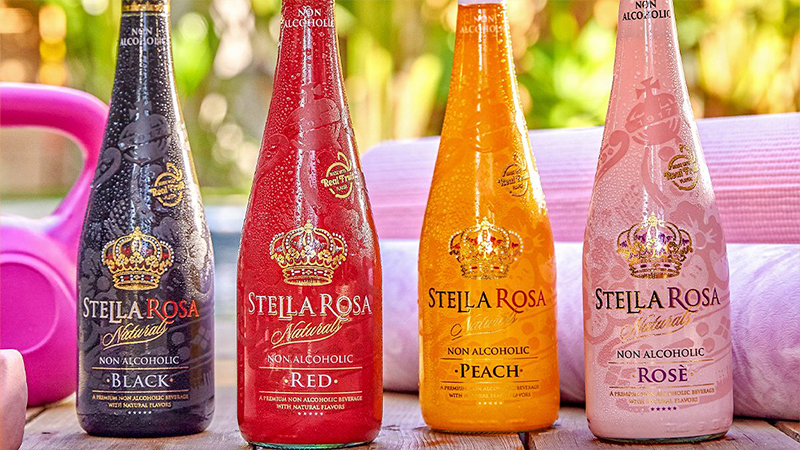

One thought on “Best Dry White Wine for Cooking Choices”